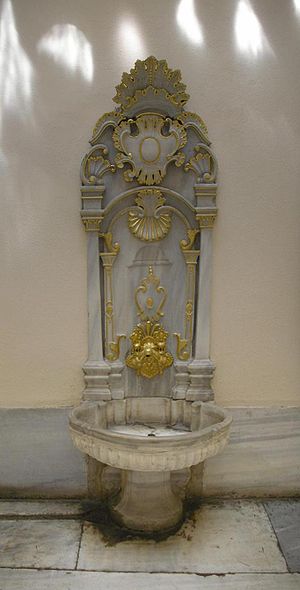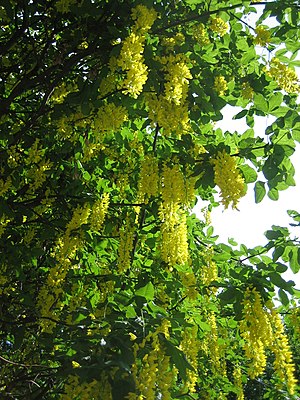So we had
Djinn Posession, now this week we have Djinn Obsession.
What, you ask, does obsession have to do with a djinn? It has everything to do with a djinn. They are by nature obsessive creatures. Sybil describes herself as borderline
OCD. It's an exaggeration of course, but she likes to keep things a certain way. Her attempt to impose order is an adaptation to a world where she knows she doesn't fit.
Burnt Amber is really all about balance of control, in relationships and life, especially for a young woman. I read
Twilight and shook my head over Bella's dependence and then I read
Graceling and shook my head over Katsa's independence. Balance is harder than either of those options. It means you have to admit weakness sometimes and find strength in others. Even as a human, Sybil's naturally obsessive djinn energy makes finding equilibrium difficult.
Obsession is why djinn hang on to places or people, or follow someone into another world. You might think it's a sinister trait. It can be. It can also be a good thing, if for example it leads to loyalty and love. Or it could make them stubborn and unable to see reason. A djinn's obsession can vary but if the obsession is vengeance, well then that
is a bad thing. They live for a long time and they have a long memory.
For a djinn to focus on something else, it either needs to achieve the object of obsession or it must be defeated, locked up or
bound . Luckily, they are more likely to be obsessed by the color green, or
giraffes (There's even a song about them on this link!), than bothering humans. Unless we bother them.










































